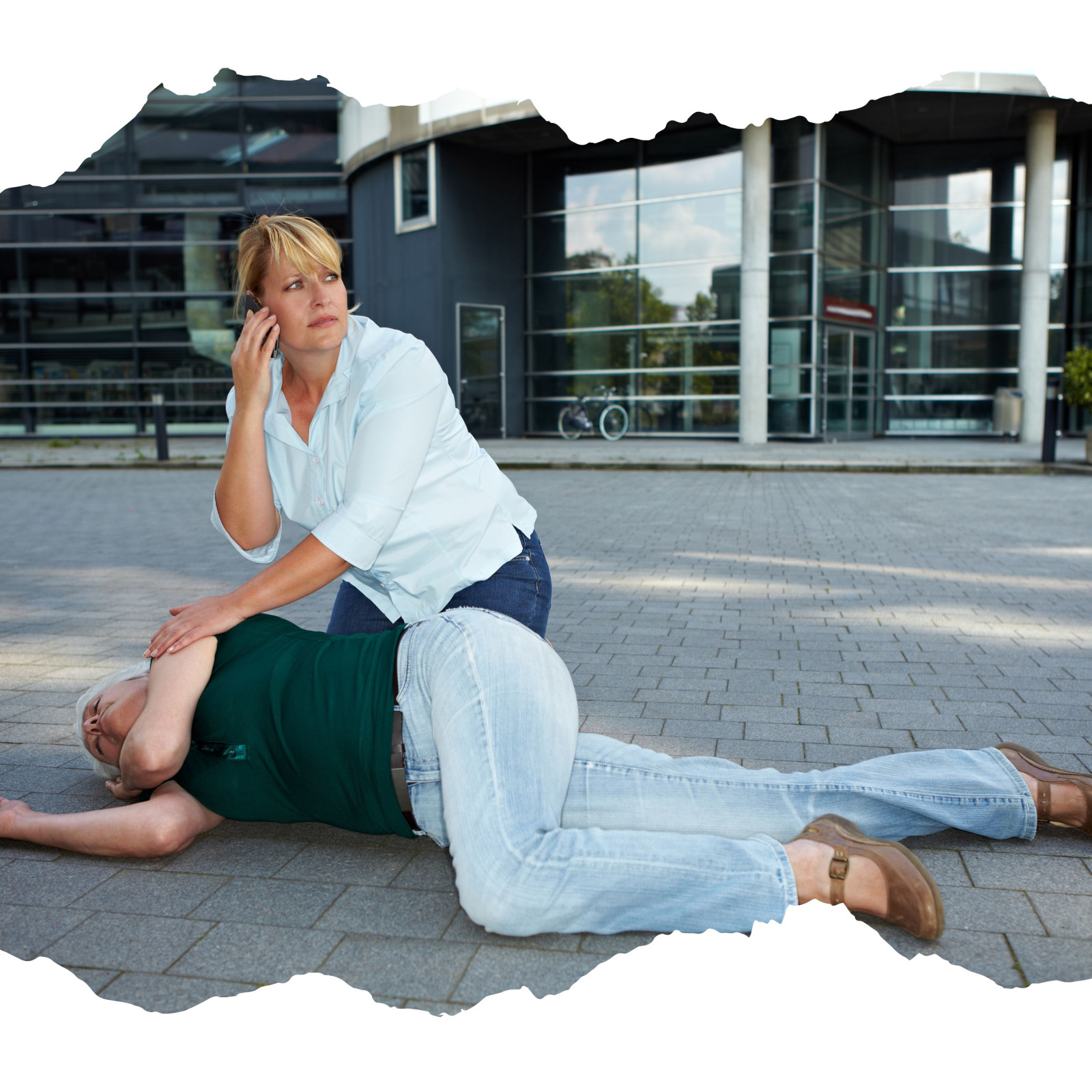
Recognizing and Treating Shock: Essential First Aid Knowledge
When emergencies strike, knowing how to respond quickly can save lives. One of the first and most critical steps in first aid is to assess and, if needed, treat for shock. Regardless of the type of injury or illness a person has, treating for shock should always be a priority in any first aid situation. Being prepared with the knowledge and skills to handle it can make all the difference in the outcome.
Understanding Shock
Shock occurs when there’s not enough oxygenated blood reaching the body’s vital organs. This condition impairs the body’s ability to function and can emerge from a variety of causes, including external injuries or unseen internal issues. While it may look different depending on the person and situation, the effects of shock are always serious.
Shock can accompany anything from severe trauma, major bleeding, or burns to less obvious internal complications like blood loss, dehydration, or even an underlying medical condition. This is why understanding how to recognize and treat it is so important—it can happen to anyone, anywhere, at any time.
Signs of Shock
Spotting the signs early can prevent a situation from escalating. While shock may present in different ways, some common indicators include the following:
- Confusion or lack of alertness
- Loss of consciousness
- Rapid heartbeat or a fast, thready pulse
- Profuse sweating
- Cool, clammy skin
- Pale complexion or noticeable loss of color
- Rapid, shallow breathing
- Decreased or ceased urine production
Recognizing a combination of these symptoms may suggest a person is experiencing shock. A quick assessment and timely action can prevent the condition from worsening.
Steps to Treat Shock
If someone is showing signs of shock, acting quickly and confidently is key. Follow these steps to stabilize their condition while seeking further help if available:
- Have the Person Lie Down
Place the individual flat on their back. This position helps improve blood circulation to the critical organs. - Elevate the Legs and Feet
If there are no signs of spinal, head, or leg injuries, raise the person’s legs about 12 inches off the ground. This can help direct blood flow back toward the core. - Loosen Tight Clothing
Remove or adjust any restrictive clothing items like belts, ties, or jackets to promote better circulation and comfort. - Prevent Chilling
Cover the person with a blanket or jacket to keep them warm. Shock can often cause a drop in body temperature, so minimizing further heat loss is vital. - Check for Injuries
Before focusing solely on treating for shock, look for and address any external injuries. Apply first aid to wounds or bleeding while monitoring the person’s condition. - Respond to Unconsciousness
If the person loses consciousness or faints, check for injuries resulting from their fall. Administer CPR if they are not breathing and follow shock treatment protocols. - Seek Medical Help
Whenever possible, call for medical assistance. While basic first aid can buy time, a person in shock may need advanced medical treatment to recover fully.
Be Prepared and Stay Calm
Shock is a common medical emergency, but it’s something you can stay ahead of with awareness and preparation. Whether you’re dealing with an outdoor mishap, home accident, or an emergency in a public setting, knowing how to recognize and treat shock ensures you’re ready to act when every second matters.
Keep this knowledge close to your first aid toolkit and share it with friends or family. You never know when you might need to react to save a life.
Have you encountered a situation where recognizing shock made a difference? Share your story in the comments below! Stay informed, stay prepared, and stay safe.






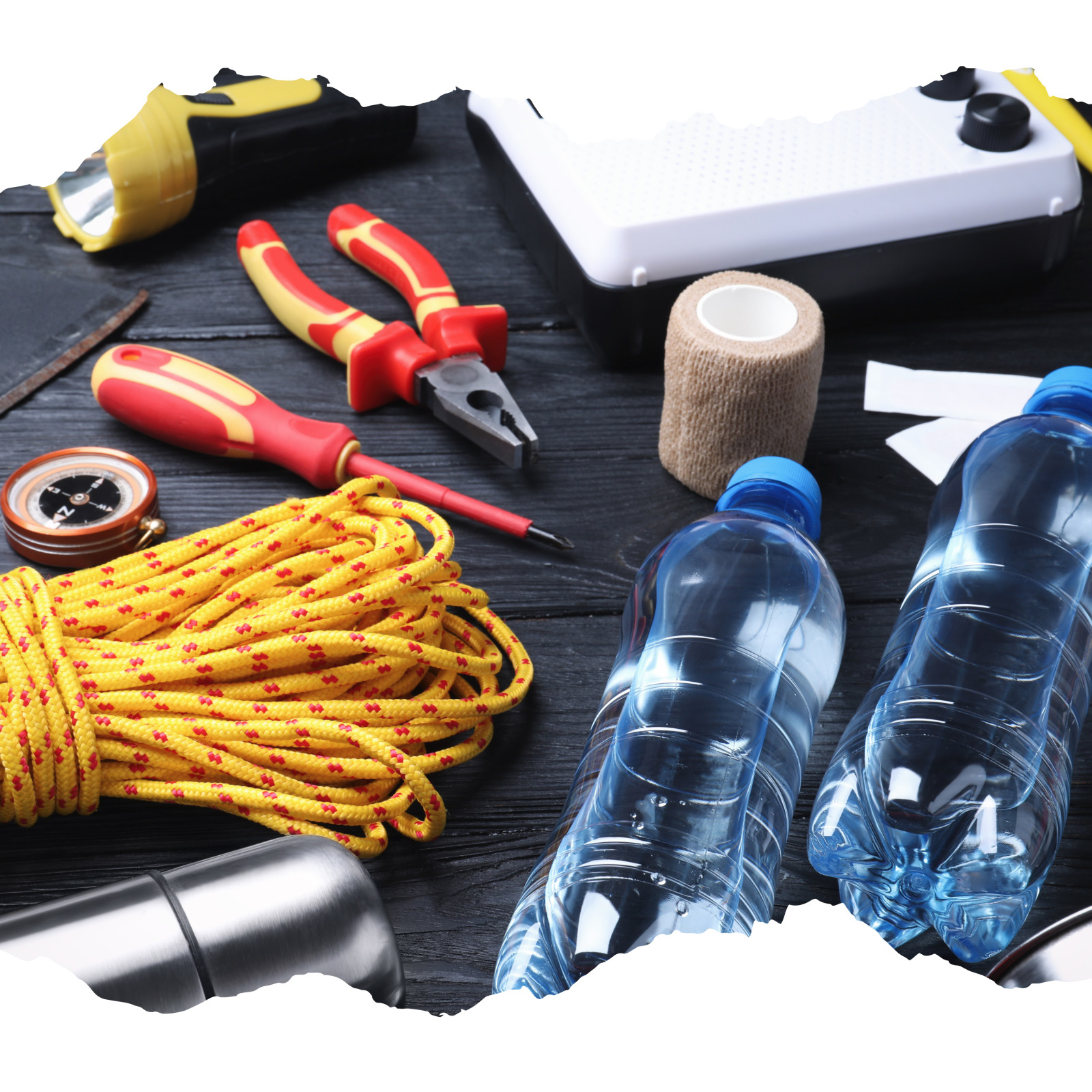
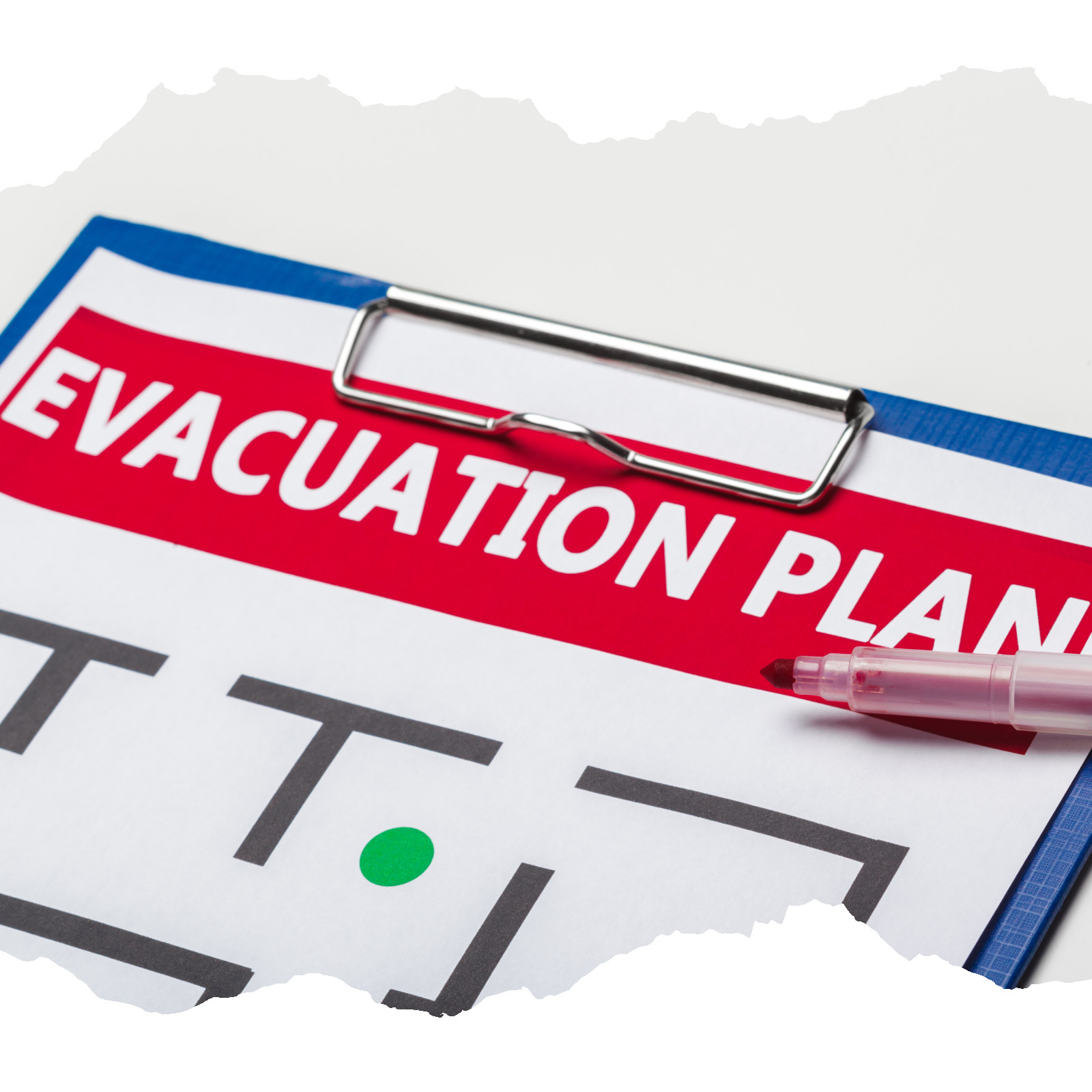
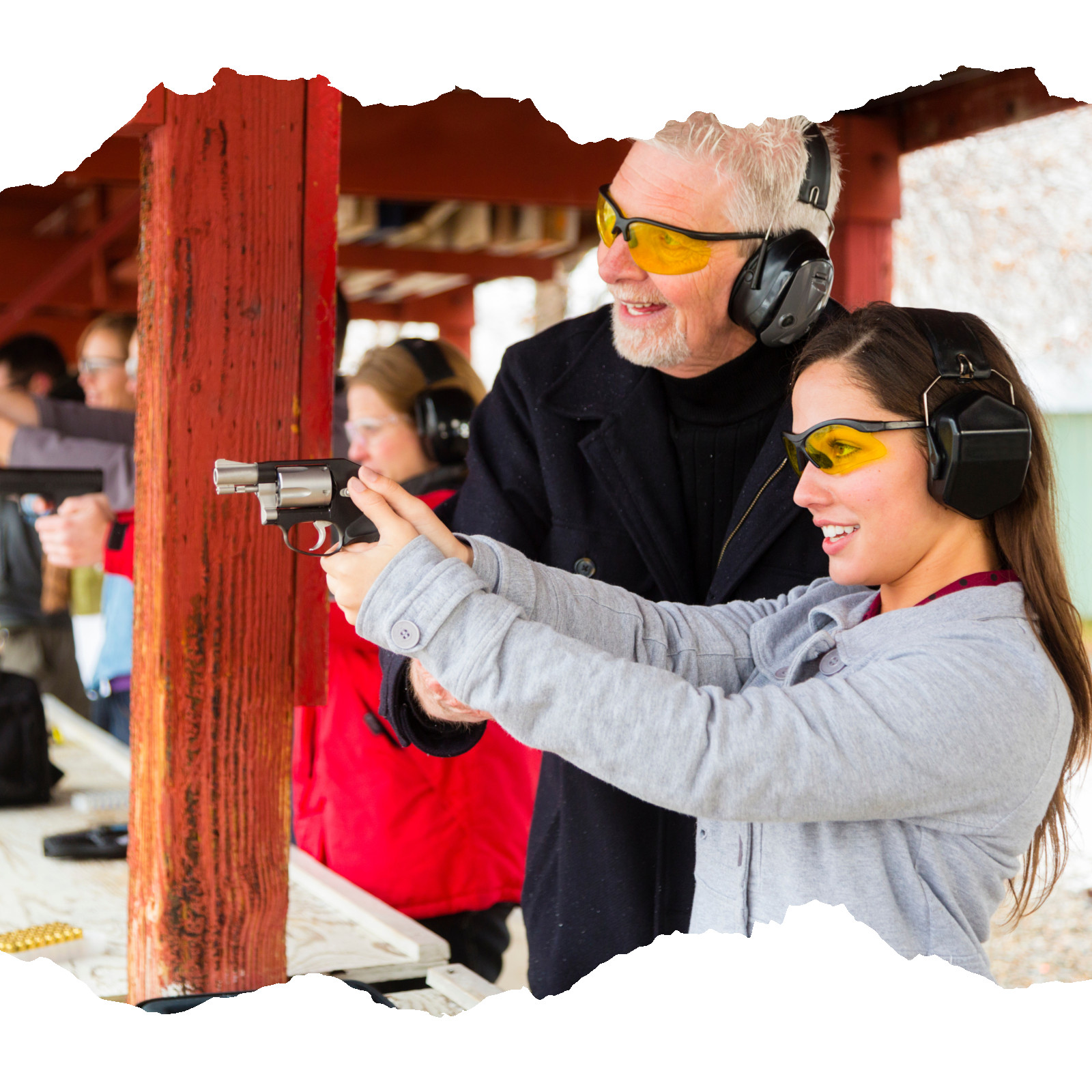

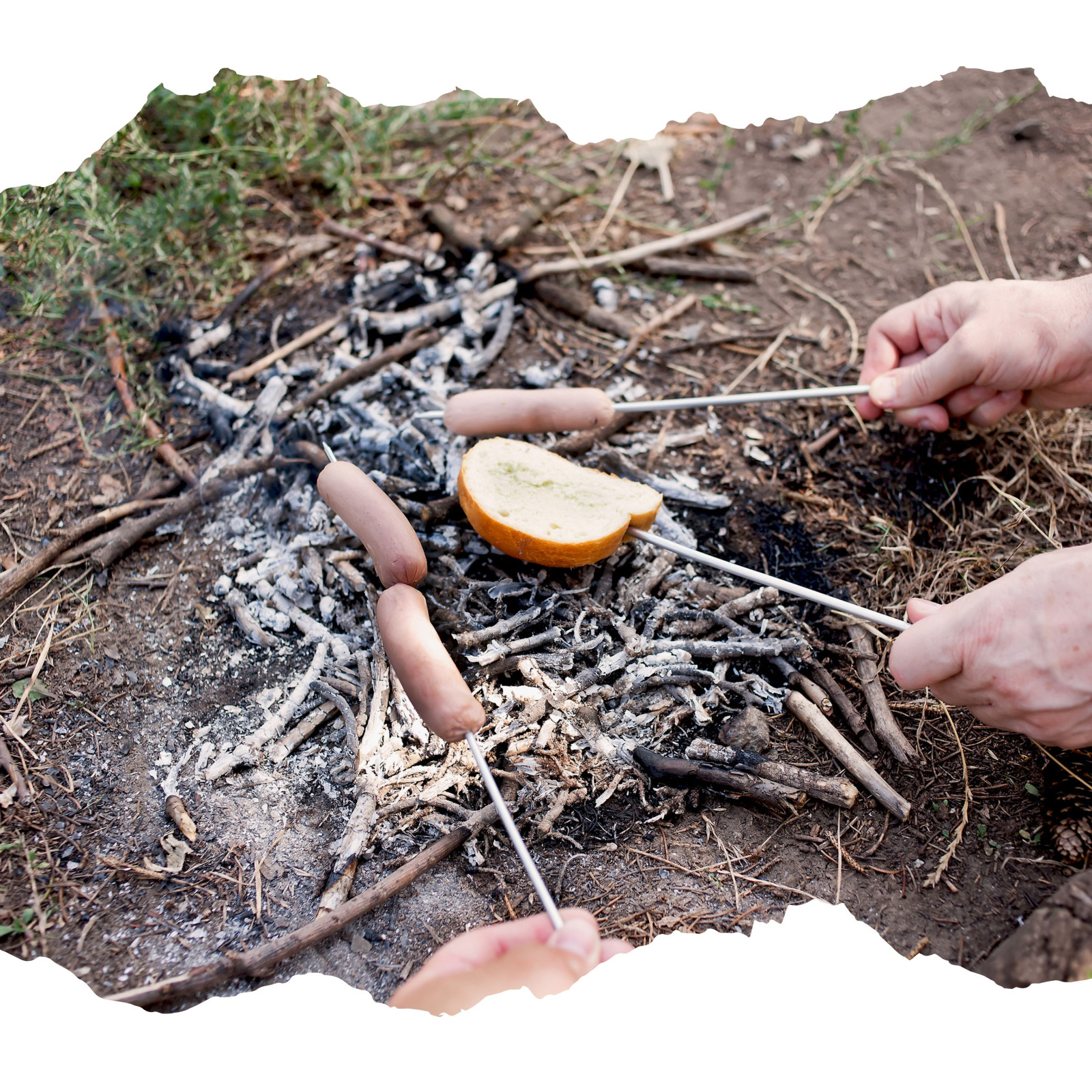







0 Comments